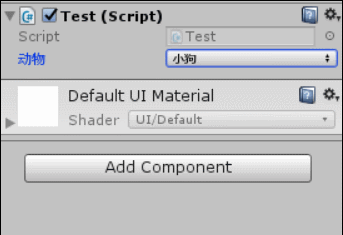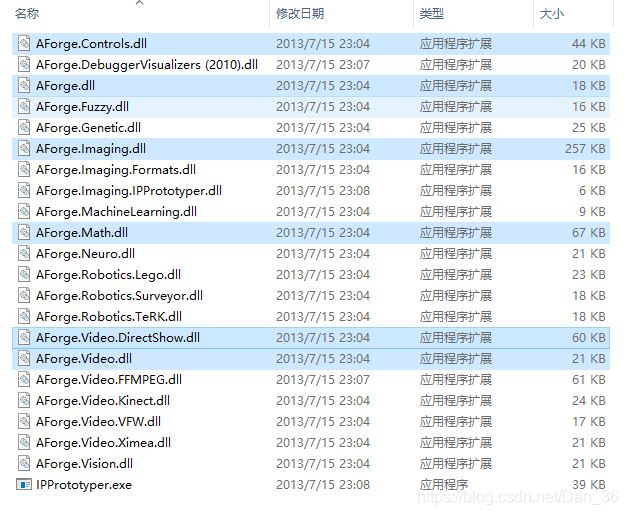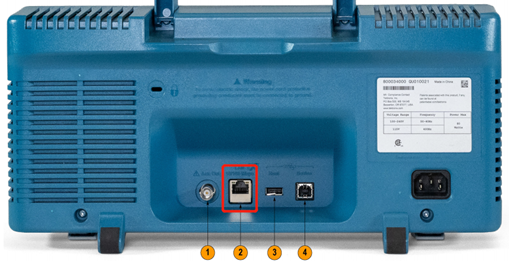How and when to use ‘async’ and ‘await’(如何以及何时使用“异步和“等待)
问题描述
From my understanding one of the main things that async and await do is to make code easy to write and read - but is using them equal to spawning background threads to perform long duration logic?
I'm currently trying out the most basic example. I've added some comments inline. Can you clarify it for me?
// I don't understand why this method must be marked as `async`.
private async void button1_Click(object sender, EventArgs e)
{
Task<int> access = DoSomethingAsync();
// task independent stuff here
// this line is reached after the 5 seconds sleep from
// DoSomethingAsync() method. Shouldn't it be reached immediately?
int a = 1;
// from my understanding the waiting should be done here.
int x = await access;
}
async Task<int> DoSomethingAsync()
{
// is this executed on a background thread?
System.Threading.Thread.Sleep(5000);
return 1;
}
When using async and await the compiler generates a state machine in the background.
Here's an example on which I hope I can explain some of the high-level details that are going on:
public async Task MyMethodAsync()
{
Task<int> longRunningTask = LongRunningOperationAsync();
// independent work which doesn't need the result of LongRunningOperationAsync can be done here
//and now we call await on the task
int result = await longRunningTask;
//use the result
Console.WriteLine(result);
}
public async Task<int> LongRunningOperationAsync() // assume we return an int from this long running operation
{
await Task.Delay(1000); // 1 second delay
return 1;
}
OK, so what happens here:
Task<int> longRunningTask = LongRunningOperationAsync();starts executingLongRunningOperationIndependent work is done on let's assume the Main Thread (Thread ID = 1) then
await longRunningTaskis reached.Now, if the
longRunningTaskhasn't finished and it is still running,MyMethodAsync()will return to its calling method, thus the main thread doesn't get blocked. When thelongRunningTaskis done then a thread from the ThreadPool (can be any thread) will return toMyMethodAsync()in its previous context and continue execution (in this case printing the result to the console).
A second case would be that the longRunningTask has already finished its execution and the result is available. When reaching the await longRunningTask we already have the result so the code will continue executing on the very same thread. (in this case printing result to console). Of course this is not the case for the above example, where there's a Task.Delay(1000) involved.
这篇关于如何以及何时使用“异步"和“等待"的文章就介绍到这了,希望我们推荐的答案对大家有所帮助,也希望大家多多支持编程学习网!
本文标题为:如何以及何时使用“异步"和“等待"


- 如何用自己压缩一个 IEnumerable 2022-01-01
- 输入按键事件处理程序 2022-01-01
- 带有服务/守护程序应用程序的 Microsoft Graph CSharp SDK 和 OneDrive for Business - 配额方面返回 null 2022-01-01
- C# 中多线程网络服务器的模式 2022-01-01
- C#MongoDB使用Builders查找派生对象 2022-09-04
- 在哪里可以找到使用中的C#/XML文档注释的好例子? 2022-01-01
- MoreLinq maxBy vs LINQ max + where 2022-01-01
- Web Api 中的 Swagger .netcore 3.1,使用 swagger UI 设置日期时间格式 2022-01-01
- WebMatrix WebSecurity PasswordSalt 2022-01-01
- 良好实践:如何重用 .csproj 和 .sln 文件来为 CI 创建 2022-01-01









